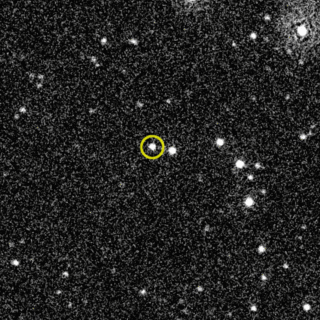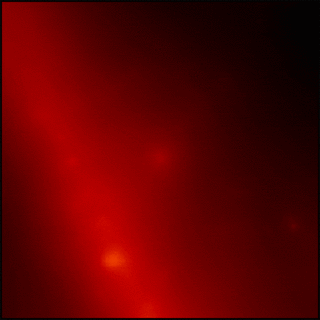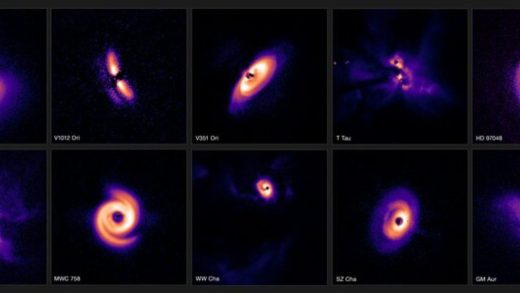NASA’s Swift and Fermi Missions Detect an Exceptional Cosmic Blast
An extremely intense and prolonged pulse of high-energy radiation that passed over Earth on Sunday, October 9, has fascinated astronomers all across the world. The gamma-ray burst (GRB), the most potent class of explosions in the cosmos, which is responsible for the emission, is one of the brightest events ever recorded.
A wave of X-rays and gamma rays that raced through the solar system on Sunday morning Eastern time sparked detectors on NASA’s Fermi Gamma-Ray Space Telescope, Neil Gehrels Swift Observatory, and Wind spacecraft, among other instruments. Observations are still being made at the spot by telescopes from all around the world.

The explosion, named GRB 221009A, gave the 10th Fermi Symposium, a gathering of gamma-ray astronomers taking place in Johannesburg, South Africa, an unexpectedly thrilling start. Judy Racusin, a Fermi deputy project scientist at NASA’s Goddard Space Flight Center in Greenbelt, Maryland, who is attending the conference, said that it was safe to say “this meeting really kicked off with a bang — everyone’s talking about this.”

The signal, which emerged from the direction of the constellation Sagitta, traveled to Earth over the course of almost 1.9 billion years. The birth cry of a new black hole, one that originated in the core of a massive star falling under its own weight, is what astronomers believe it to be. In these conditions, a developing black hole creates strong jets of particles moving close to the speed of light. As the jets fly into space and pierce through the star, they produce X-rays and gamma rays.
The burst also gave two experiments on the International Space Station—NASA’s NICER X-ray telescope and a Japanese detector designated as the Monitor of All-Sky X-Ray Image—their long-awaited first chance to observe together (MAXI). The connection, known as the Orbiting High-Energy Monitor Alert Network, was launched in April (OHMAN). It enables activities that previously required interaction by scientists on the ground, such as turning NICER rapidly in response to outbursts indicated by MAXI.
According to Zaven Arzoumanian, the NICER science lead at Goddard, OHMAN provided an automated alert that enabled NICER to follow up within three hours, as soon as the source became visible to the telescope. Future opportunities could result in response times of a few minutes, added Arzoumanian.

New information about stellar collapse, the creation of black holes, the behavior and interaction of matter close to the speed of light, the conditions in a far-off galaxy, and many other topics is revealed by the light from this ancient explosion. It could be decades before another GRB this bright is detected.
A preliminary analysis shows that the burst was observed by Fermi’s Large Area Telescope (LAT) for more than ten hours. The fact that the burst is relatively close to us for a GRB is one factor in its brightness and longevity.
Likewise, Roberta Pillera, a Fermi LAT Collaboration member who led initial communications about the burst and a doctoral student at the Polytechnic University of Bari, Italy, was quoted by NASA as saying that that burst is much closer than typical GRBs, which is exciting because it allows us to detect many details that otherwise would be too faint to see. “But it’s also among the most energetic and luminous bursts ever seen regardless of distance, making it doubly exciting,” added Pillera.


